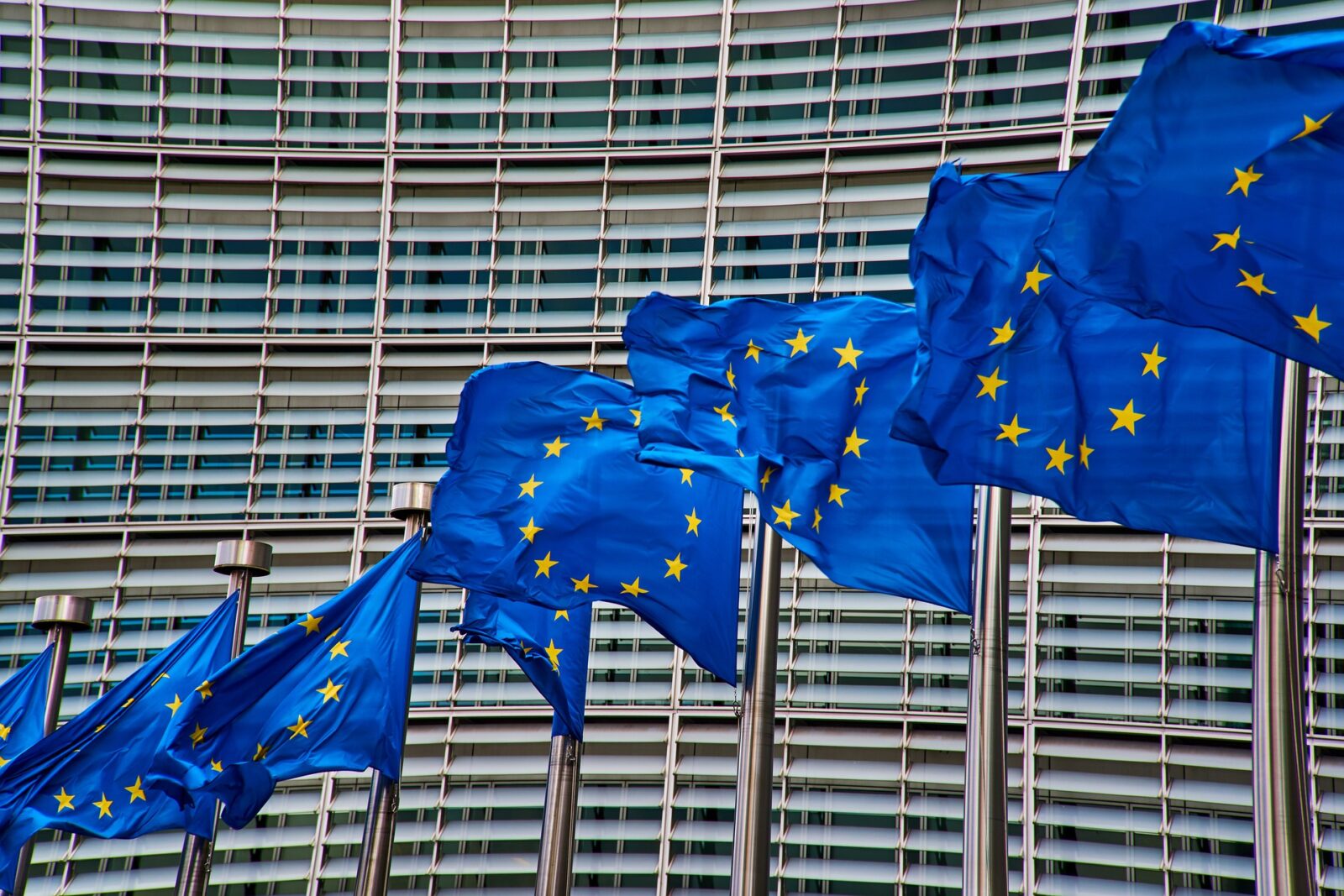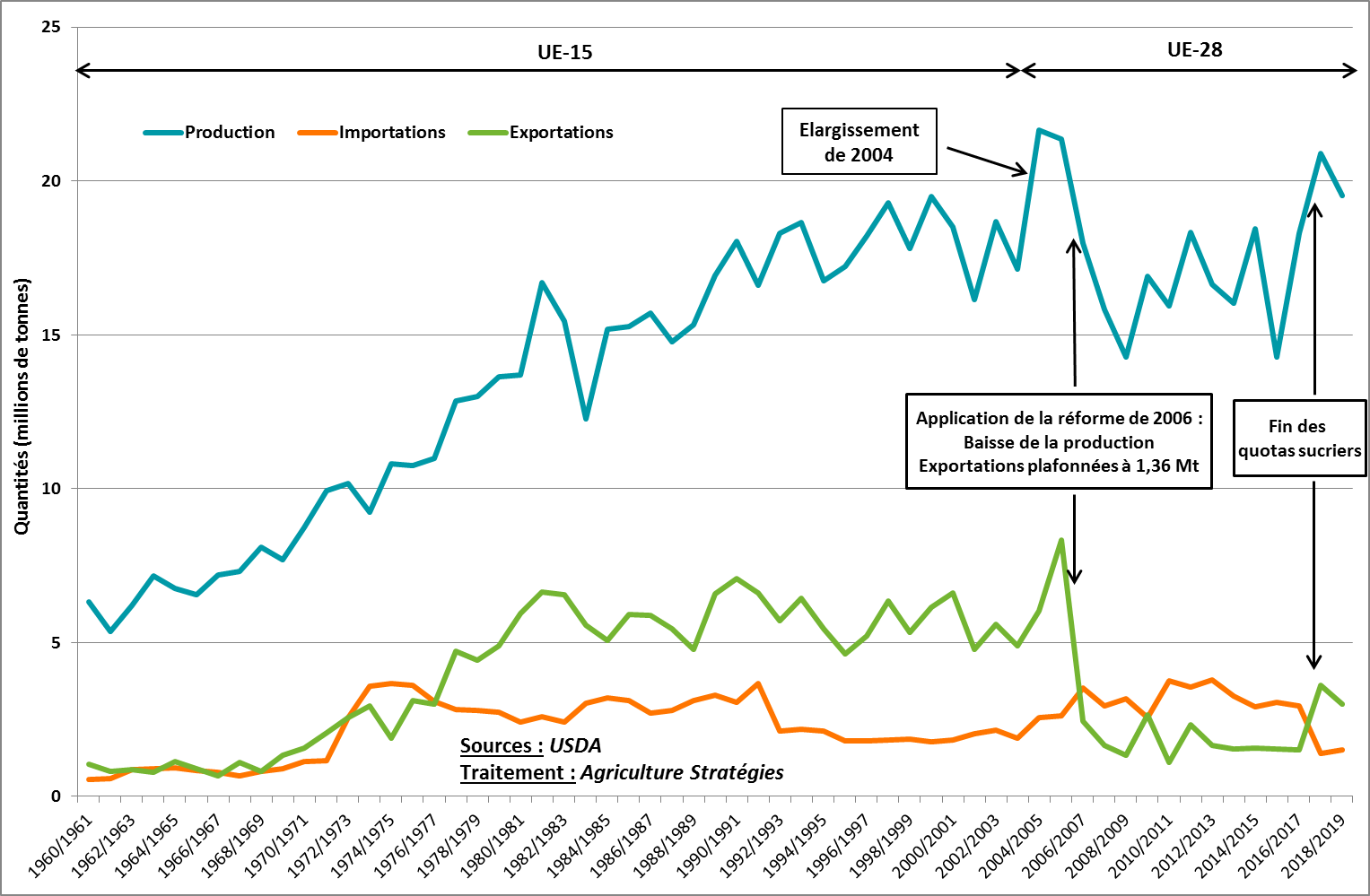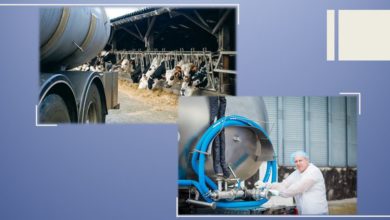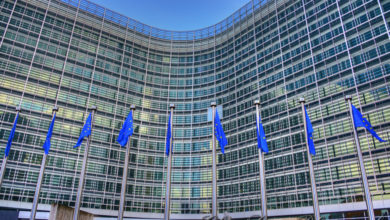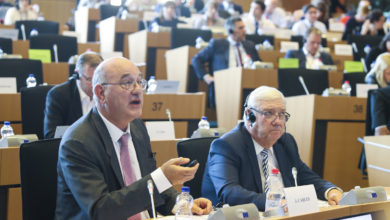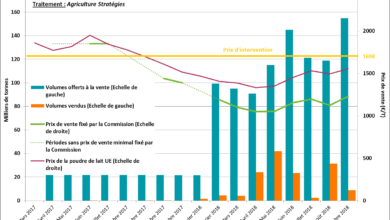
While the Agriculture Fair opens its doors in a tense climate, a bill “for the balance of commercial relations in the agricultural sector and a healthy and sustainable food” has just been presented in the Council of Ministers. With the strategic plans requested by President Macron for each sector, it is the first outlet for an ambitious consultation process, the “General States of Food”.
Gathering 14 articles, this bill seems to be set back from the hopes that the EGAs have given rise to. It mainly includes 3 proposals that question: the resale threshold at a loss and the “contractualisation”, carried by the FNSEA; separation of advice and sale of pesticides by the Ministry of the Environment.
The imbalance in the sharing of added value between actors in the agri-food sector is well established. However, is it conceivable that by requiring large retailers to raise their margins on products of major brands, through the increase of the resale threshold at a loss, it would follow a rise in the purchase price of products agro-food which would be, in addition, passed on the prices perceived by the farmers?
Like Le Maire in 2010, Le Foll in 2014 and Sapin 2 in 2016, this new project aims to amend articles 631 and 632 of the Rural Code relating to contracts. The chosen approach is constant: use the attributes of a private commercial contract to rebalance the commercial relationship. However, a contract can not alone balance the balance of power. Designed for the dairy industry, we can question the ability of “contracting” to achieve a better sharing of added value, if we do not proceed at the same time to a concentration of marketing milk. Solutions have already been discussed, such as the creation of a single bargaining unit for a large dairy area, or the bringing together of producers’ organizations with cooperatives.
Finally, if the state wants to separate the advice and sale of pesticides, it could for example redevelop public expertise in advising farmers, as it existed until 2007 before the activity of the Regional Services of Plant Protection is being reduced to a trickle. In addition, this separation would call into question the certificates of economy of phytopharmaceutical products (CEPP) introduced in the law of 2014.
For agriculture, the main regulatory and budgetary frameworks are at the European level.
The EGAs were a first step, the action must now be taken to the European level. Whether it is value sharing or environmental transition, the current focus of the CAP needs to be rediscussed. International prices are indeed not equilibrium prices, but most often dumped prices. Thus, the connection of the European market with these dumped prices, places our agriculture in conditions that weaken the value added while we should economically secure our farmers, especially to support the cost of more virtuous practices for the environment.
The Commission has promised a legislative initiative to remedy unfair commercial practices by the end of March. Rather than a Franco-French framework, it seems more appropriate to use the lessons of the EGA to weigh in the upcoming community discussions, and share with our European partners who encounter similar issues.
Finally, the Value Chain Plans highlight that some of them, such as fruit and vegetables, use community tools very well to strengthen the organization of producers. Paying investment aid on the condition of producer groupings is indeed an interesting lever.
Why not seek to extend this logic to other sectors in the future CAP? The same is true for aid to producer organizations (Article 27 of Rural Development), which France has chosen not to use in 2014, although these options may be reviewed each year.
Jacques Carles, President of Agriculture Strategies
Frédéric Courleux, Director of Studies at Agriculture Strategies




